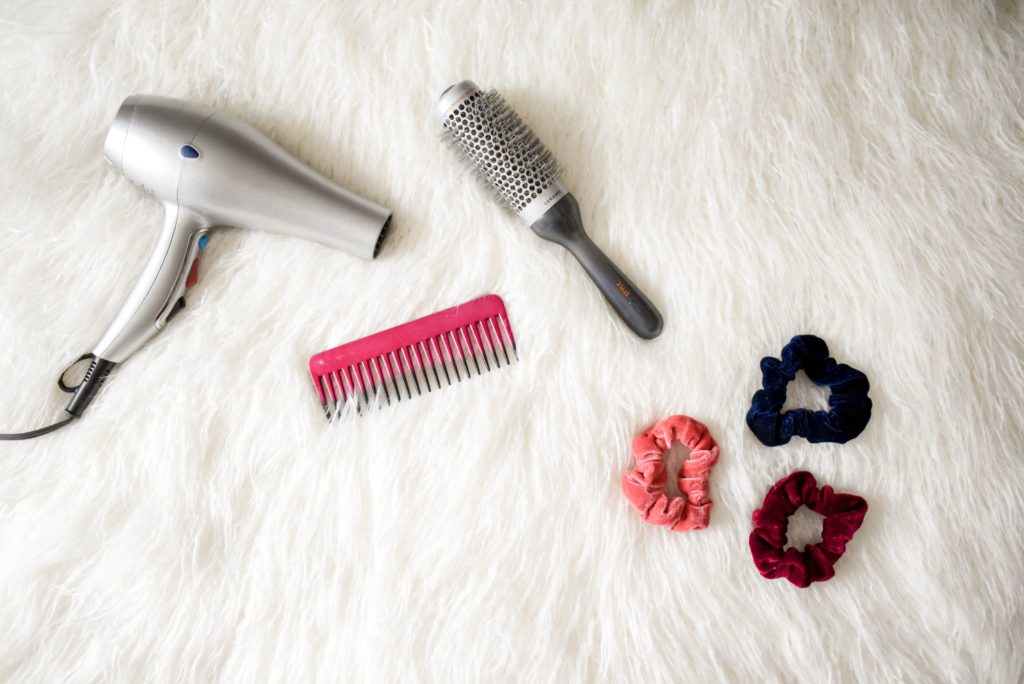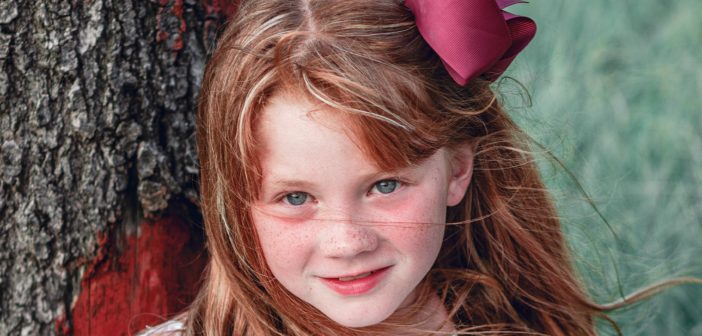I thought I had pretty realistic expectations of dealing with a little girl’s hair. After all, I was a little girl once and I can vividly recall sitting on a kitchen stool screaming bloody murder as my mother brushed my hair.
Fast forward 30 years or so and I find myself re-enacting this exact scenario with my own daughter and the trauma is even worse than I remember.
Blessed with the same fine fickle locks as mine, I really struggle doing much with my five year old’s hair. This is undoubtedly in large part to my absolute lack of skill or finesse in the domain of anything girly, but also because she doesn’t like me spending too much time fiddling with her hair.
However, I do try my best and over time I have worked out a few tricks to get through hair brushing with minimal fuss (NB: I do not say no fuss – I’m not a miracle worker!)
1. Find the right brush.
There are a lot of “detangling” brushes on the market, some even with money back guarantees. At the end of the day, different hair types require different types of brush (there is a good overview here). You may need to try quite a few. Also keep in mind that children’s hair is generally softer and their scalps more sensitive so stay away from rigid brushes and metal bristles which are likely to cause discomfort.
2. Distraction is key!
As with most things child-related, a little distraction goes a loooong way. Putting your child in front of a movie, book, iPad – whatever works to take their mind off what you are doing.

3. Detangler is your best friend.
Seriously, I go through litres of this stuff and it is a godsend. There are heaps available from supermarkets which do a good job. My personal favourite is the Quitnits Detangling Spray as it uses essential oils and doubles as lice prevention. Of course, you can choose to opt for pricer salon brands. Many people also swear by oils such as coconut and argan oil as detanglers/leave-in conditioners.
4. Brush when wet.
You can do this straight after conditioning – towel dry, spray with detangler and get to brushing while still damp. Or use a wide tooth comb while conditioner is still in the hair. This is the best option if you are dealing with a lot of tangles or matting.
5. Opt for up-dos wherever possible.
I’m still getting the hang of braiding but this has been another sanity saver for us. After washing, detangling and a gentle blow dry, I plait or braid my daughter’s hair before bed. Not only is it ready for the next day, saving early morning arguments, it also stays knot-free when she’s tossing and turning in bed.
It is also a good idea to make sure hair is tied back for windy days, swimming, trips to the beach etc when it is more likely to become a tangled mess. If you are looking for some guidance or inspiration, there are heaps of great tutorials on YouTube for easy braids and other styles, like these. We’ve even got some great styles for school.
6. Encourage DIY
Once they are old enough, encourage your child to attempt to brush their hair themselves before you finish it off. This has a number of benefits including building independence. I have also found it helps my daughter understand that the knots are what cause the discomfort – not me being rough with the brush. She is consequently more tolerant of my brushing attempts as she knows I’m not intentionally hurting her.
7. Go the chop
At the end of the day, it’s just hair. If brushing is causing a lot of stress for you and your child, consider a shorter cut that is easier to maintain. For girls a bob or even a pixie cut can be super cute, even more so with accessories such as clips and headbands.
Good luck and may the hair goddesses be with you!

